Sub-Title:
Certification for General Duty Clause, Section 5(a)(1) of the Occupational Safety and Health Act of 1970, OSHA 29 CFR 1910.145, 29 CFR 1926.20., OSHA 29 CFR 1926.35
Government Regulations:
This course fully satisfies the following OSHA regulations:
* OSHA General Duty Clause, Occupational Safety and Health Act of 1970
*OSHA 29 CFR 1926.20
*OSHA29 CFR Subpart T 1926.35
* OSHA 29 CFR Subpart D 1910.145
Who Needs this Training?
According to OSHA All employees working in these areas:
- Those who face hazards at work.
- Workers that will be exposed to unknown hazards.
- Those not wearing enough PPE while working around hazards.
Dangers of Remaining Uncertified
Several components of the OSHA regulations require a hazard assessment to decide what personal protective equipment may be needed to control the hazards on a job. Additionally, a certification that a hazard assessment has been performed must be kept on record.
Included Topics
By the end of this course we will have covered the following topics:
Introduction-0:22
- Introduction to JHA-1:22
- Purpose of a Job Hazard Analysis-0:55
- The Basic Elements of a Job Hazard Analysis-2:27
- Hazards-1:19
- Identifying/Eliminating Hazards 1:26
- Controls-2:33
- Examples- 3:05
Summary-0:42
Course Layout
Course format consists of video instruction, intermediate quizzes, and Final Knowledge Check
Course Duration
A minimum of 20 minutes is required to complete this course.
Recertification
When an employer has reason to believe that an affected worker does not recognize existing hazards or proper precautions at some point after the initial training, the employer is required to provide retraining for that worker, in accordance with 29 CFR 1926 and 29 CFR 1910. For example, workers must be retrained when:
- Changes in the workplace render previous training obsolete.
- Hazards related procedures being used have changed.
- Inadequacies in workers’ knowledge or hazard precautions indicate that they do not adequately understand training.
Certificate of Completion
A completion certificate is available for printing immediately upon successfully finishing the course.
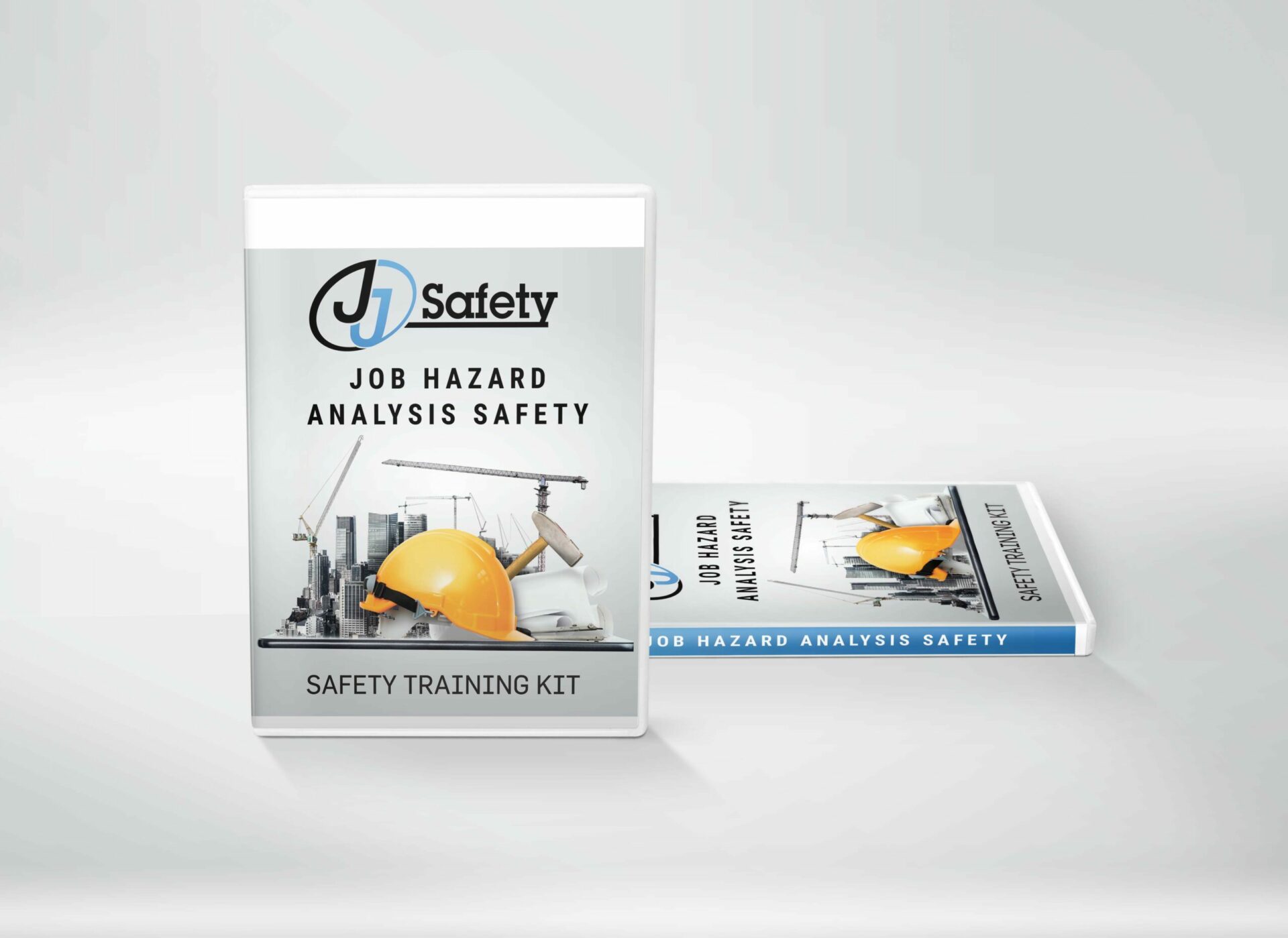
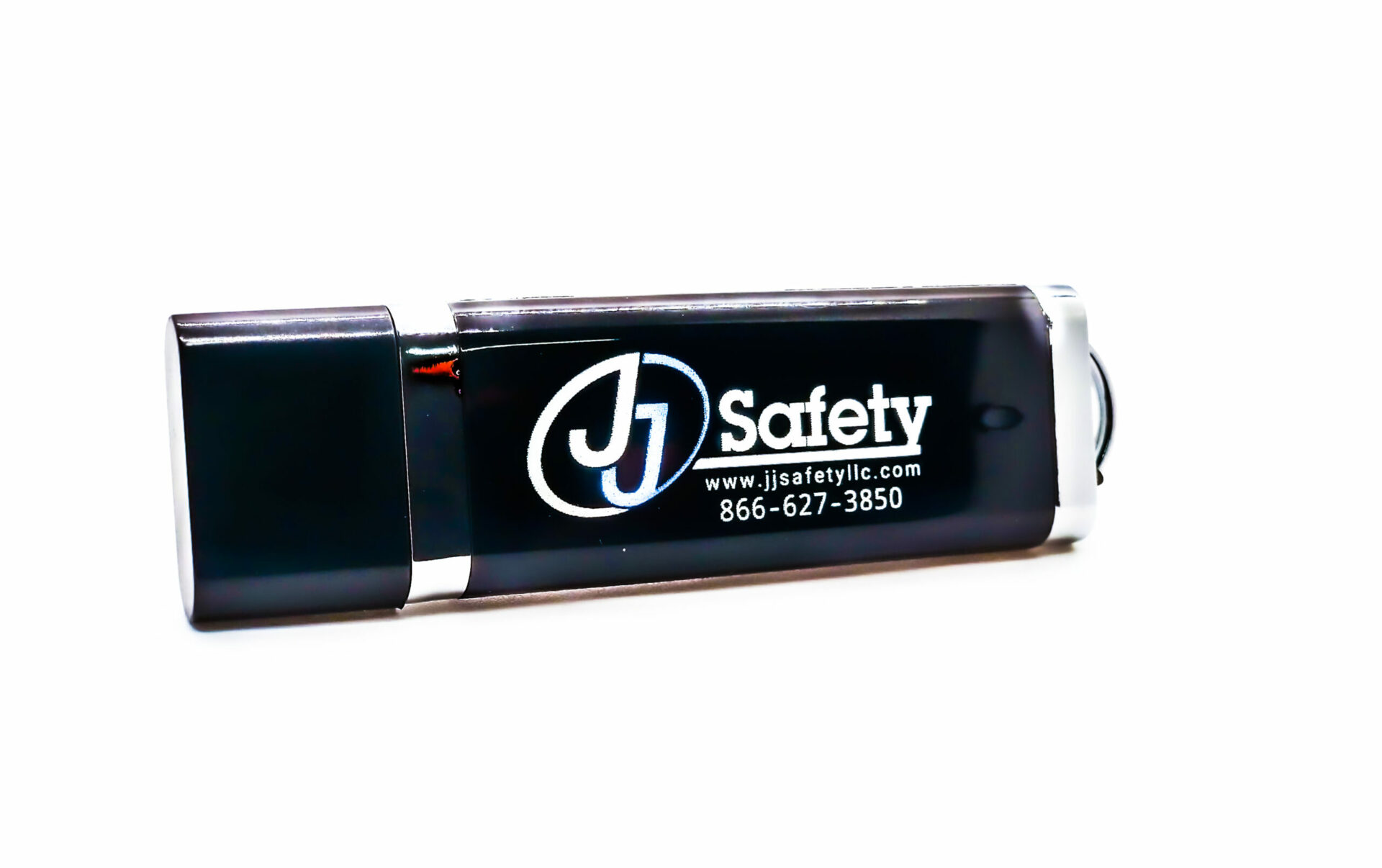
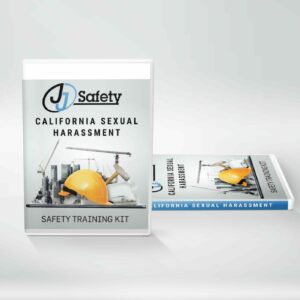
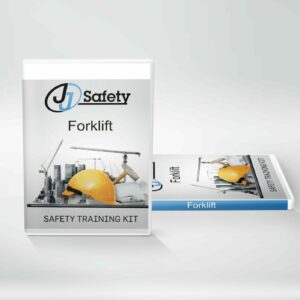
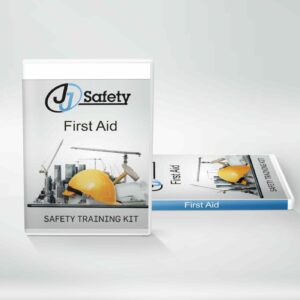
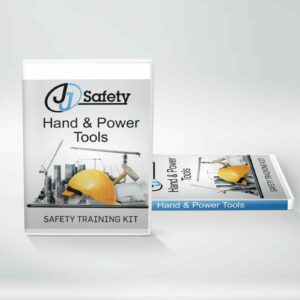
Reviews
There are no reviews yet.